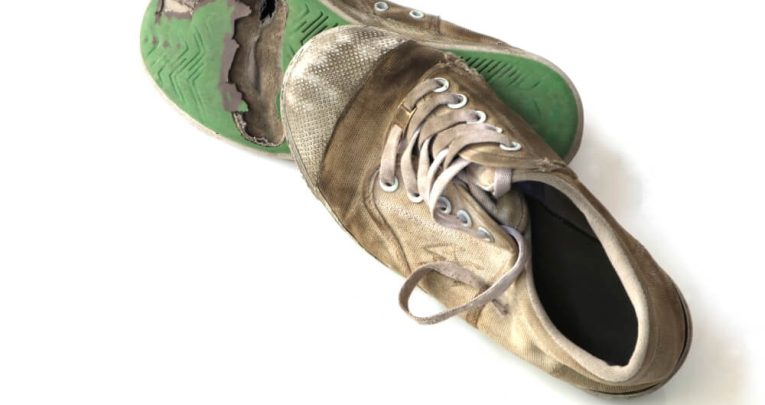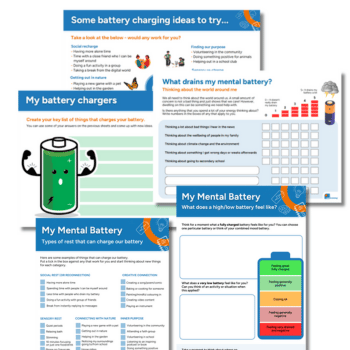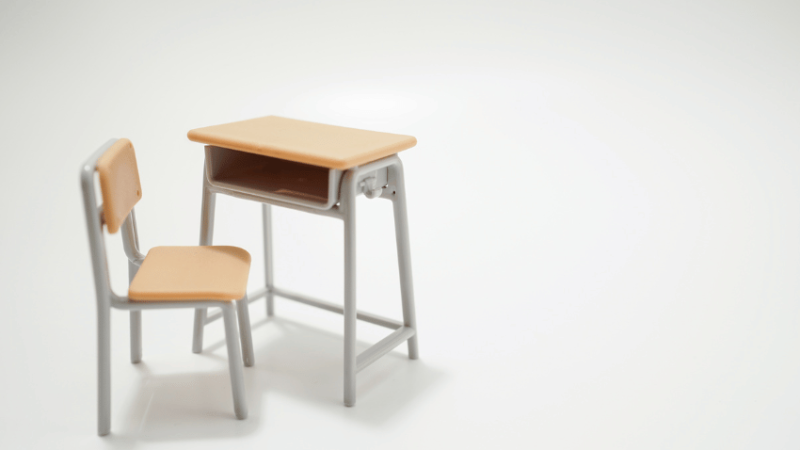Educate everyone – Can families afford your curriculum?

Rachel Macfarlane looks at whether those well-meaning practices and habits intended to support economically disadvantaged students may actually be doing more harm than good…

Freed from the shackles of bubbles, and with COVID restrictions largely lifted (at least at the time of writing), some teachers will have now started to reinstate school activities that had to be shelved over the last 18 months.
Cross-year clubs, educational visits – these are the kind of experiences that add spark to a curriculum, develop students’ character and relationships, and create memories for learners that can last a lifetime.
Before we leave the sterility of COVID- era curriculums behind us, however, it’s important to take stock of the impact the pandemic has wrought on our school communities. As a more expansive curriculum becomes increasingly viable, what pitfalls should schools be aware of if their provision is to be truly inclusive?
The backdrop
By October 2020, nearly 20% of the pupil population (1.63 million) was eligible for Pupil Premium – an increase of just under 200,000 from January 2020. Though of course, there are far more children in our schools living in real poverty than just those eligible for PP funding.
The Child Poverty Action Group estimates that even before the pandemic, some 4.2 million children (approximately 30% of all children) were living in poverty in the UK in 2018-19. COVID-19 has simply accelerated an already worrying trend.
According to statistics from the Ministry of Housing, Communities and Local Government, on 30th September 2020 the number of households living in temporary accommodation stood at 93,490, up 7% on the previous year.
Between April and September 2020, the Trussell Trust, the UK’s biggest foodbank network, gave out 1.24 million emergency food parcels to people in crisis. On average, 2,600 parcels were distributed to children each day during those first six months of the pandemic.
Unemployment between September and November 2020 was meanwhile 5%, according to the Office for National Statistics, even with the protection of the government’s furlough scheme – protection that has since been withdrawn.
It’s easy to assume that the education provision offered by state schools is equally distributed to all learners, given how the vast majority of curriculum experiences are fully funded for all students. Yet when we stop and think about it, there are many hidden curriculum costs to be found in schools, particularly in relation to subjects such as music and PE.
A level playing field?
Achieving a strong pass grade in music at GCSE and A level requires proficiency on a musical instrument, which ordinarily requires years of private tuition that carries significant costs.
Passing a grade 8 proficiency exam on an instrument is estimated to cost between £8,000 and £15,000 in tuition per student – though most inclusive music departments will ensure that disadvantaged learners can achieve top grades through funded tuition using school equipment.
Given the sizeable practical assessment element of PE at GCSE and A level, students belonging to sports clubs outside of school, whose parents pay for regular training sessions and/or are able to participate in sports with significant accompanying costs (such as horse riding or golf) will be unfairly advantaged.
Poverty-aware PE teachers will therefore proactively break down the mystique and sense of exclusivity that surrounds certain sports by including them on the curriculum, teaching the rules and vocabulary to all, and providing opportunities for students to practise with equipment and coaches before and after school.
However, there are many other ways in which economically disadvantaged children can be let down by well-intentioned school systems and practices. These can include food technology ingredients for PP-eligible children being left at the front of the classroom for collection; class teachers publicly distributing free revision guides to the same group in class, and students eligible for free school meals being given packed lunches for school trips in easily identifiable brown bags.
Economic signifiers
Teachers and leaders are often unaware of the impact such routine practices can have, and the coping mechanisms students will employ as a result. Children are keen social observers, and often quick to pick up on economic signifiers. Students from poorer families will tend to be exposed by the brand of shoes they wear; the stationery they use; the quality of materials they bring from home for practical lessons and the type of weekend and holiday activities they talk about doing.
Like most heads, I was always very keen to minimise the daily costs of schooling for parents and carers, and also determined that those living in economic poverty shouldn’t be stigmatised. We tried to operate in a way that prevented that, (see ‘Questions for teachers and leaders’), but I’m certain we could have done more to ‘poverty-proof’ our school.
We were certainly guilty at times of introducing initiatives that were well-intentioned, but which inadvertently caused stress for economically disadvantaged learners.
Take Christmas Jumper Day – we embraced this initiative, arranging for student donations to be collected in buckets at the school gates. We encouraged festive dress, while stressing that this could simply involve some inventive use of tinsel. On reflection, however, we never addressed the peer pressure brought to bear on the wearing of Christmas jumpers.
The costs of cover
Of course, school trips are the main exception to the rule of a free state school education for all.
There’s no doubt that viewing masterpieces on visits to art galleries, seeing a play being studied in drama or English performed professionally, or getting to touch historical artefacts from an era being analysed in history can enhance students’ experience of the curriculum, while also improving their knowledge retention, deepening their understanding and generating a lifelong love of learning.
Yet such experiences usually come at a cost that schools are simply unable to cover single-handedly for whole cohorts. At the same time, it’s important to always be aware of the pressures that paid-for trips can and will have on families living in poverty.
A 2014 NASUWT survey found that almost a quarter of secondary-age children were unable to participate in educational trips and activities due to prohibitive costs – though with sufficient effort and will, there are some ways in which your trips and wider school culture can be poverty-proofed.
10 poverty-proofing ideas
- Set up a school shop that sells stationery and maths equipment to students at cost price.
- Provide all equipment, including sketch books and pencils, for learners in the art rooms.
- Get into the practice of purchasing whole class sets of curriculum texts and loaning them out to students.
- Ensure that GCSE geography coursework is designed in such a way that it can be completed in the local area for no additional cost.
- Make sure that every text on a departmental reading list is well-stocked in the school’s library and available for free loan.
- Maximise access to computer rooms at the start and end of the school day.
- Provide students with a termly printing allowance.
- Provide packed lunches (for which non-PP students pay a fixed price) for everyone when classes go on trips.
- Where possible, mandate the wearing of uniforms on school trips to avoid the stigmatising of disadvantaged learners.
- Introduce payment plans for school trips; avoid trips to more expensive venues and consider bypassing souvenir shops when you’re there.
Questions for teachers and leaders
- What are the hidden costs of your curriculum?
- Are there any ways in which you could reduce these, without stigmatising learners?
- Do you oversee any initiatives that might exclude economically disadvantaged leaners?
- Can you identify any correlation between consistent school trip absences and the students on your PP register?
- Who determines which trips go ahead, how much parents/carers will be charged and what discount can be applied for families experiencing economic hardship?
- Is someone available to quality assure all trip-related letters, while examining them through a poverty-proofing lens?
Rachel Macfarlane was a headteacher for 16 years and is author of Obstetrics for Schools: a guide to eliminating failure and ensuring the safe delivery of all learners (£18.99, Crown House Publishing); follow her at @RMacfarlaneEdu.








